‘Cripping Architecture’: Shaina Yang reimagines the world for a different body type
Our Next Generation 2022 showcase shines a light on 22 outstanding graduates from around the globe, in seven creative fields. Here, we profile architecture graduate Shaina Yang from the Harvard Graduate School of Design, USA
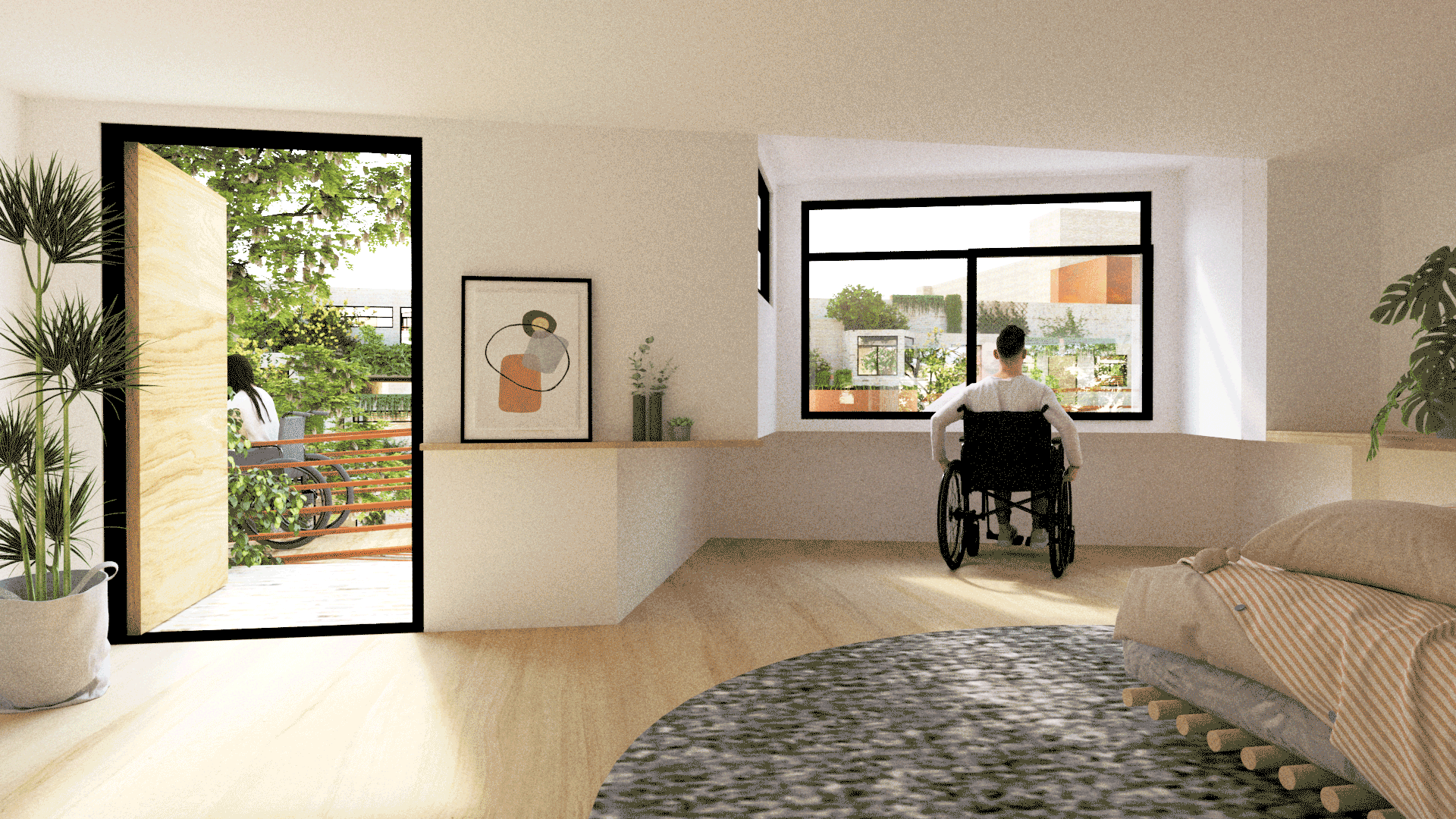
‘Cripping Architecture’, the powerful thesis of Shaina Yang, reimagines our world for a ‘different assumed “neutral” body type’. Yang received her master of architecture from the Harvard Graduate School of Design in 2021, where her thesis project was jointly awarded the James Templeton Kelley Prize for best final design project and the Clifford Wong Prize for best housing design project.
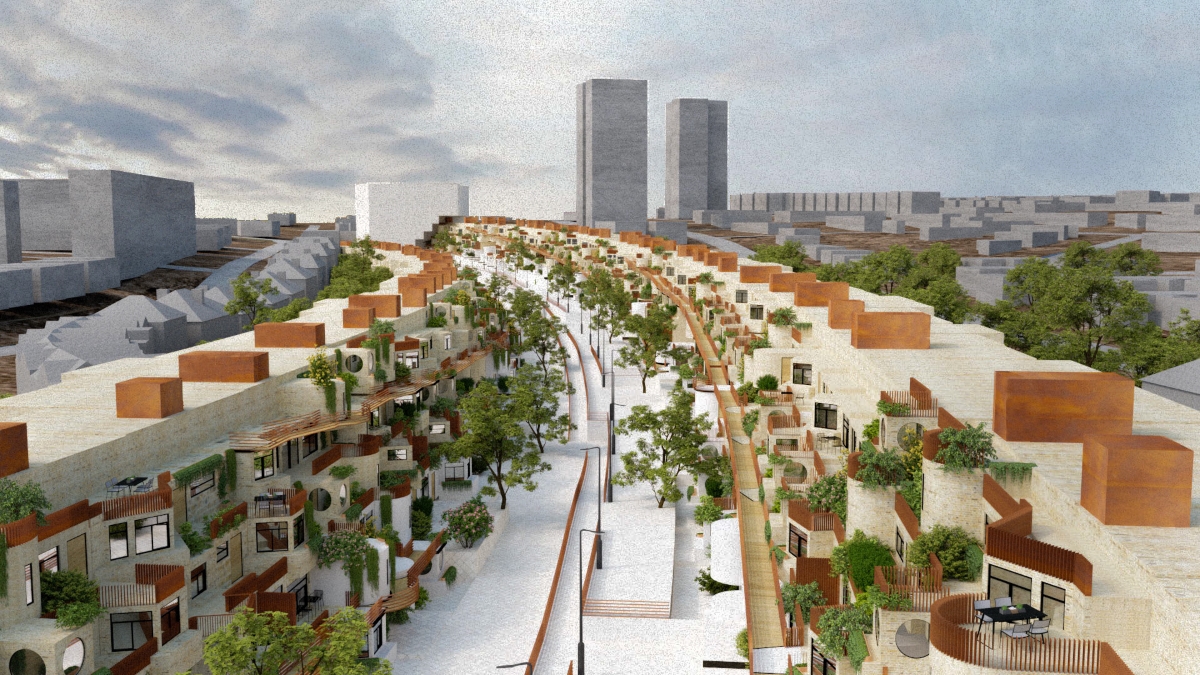
‘Cripping Architecture’ subverts the world’s current, predominantly exclusionary spatial designs, and asks: ‘What does architecture designed for a completely different archetype of body look like?’ Yang explains: ‘As a verb, reclaimed from the slur, “crip” has been in use by the disabled community since the 1960s to describe the act of applying a disability lens to able-privileged spaces, conversations, and practices.
‘The discomfort the term can spark in able-bodied people is exactly the kind of space I wanted to put them in, as they were assessing the project: acknowledging the radicalism behind designing explicitly for a community that has long been excluded from the entire practice of architecture,’ she says.
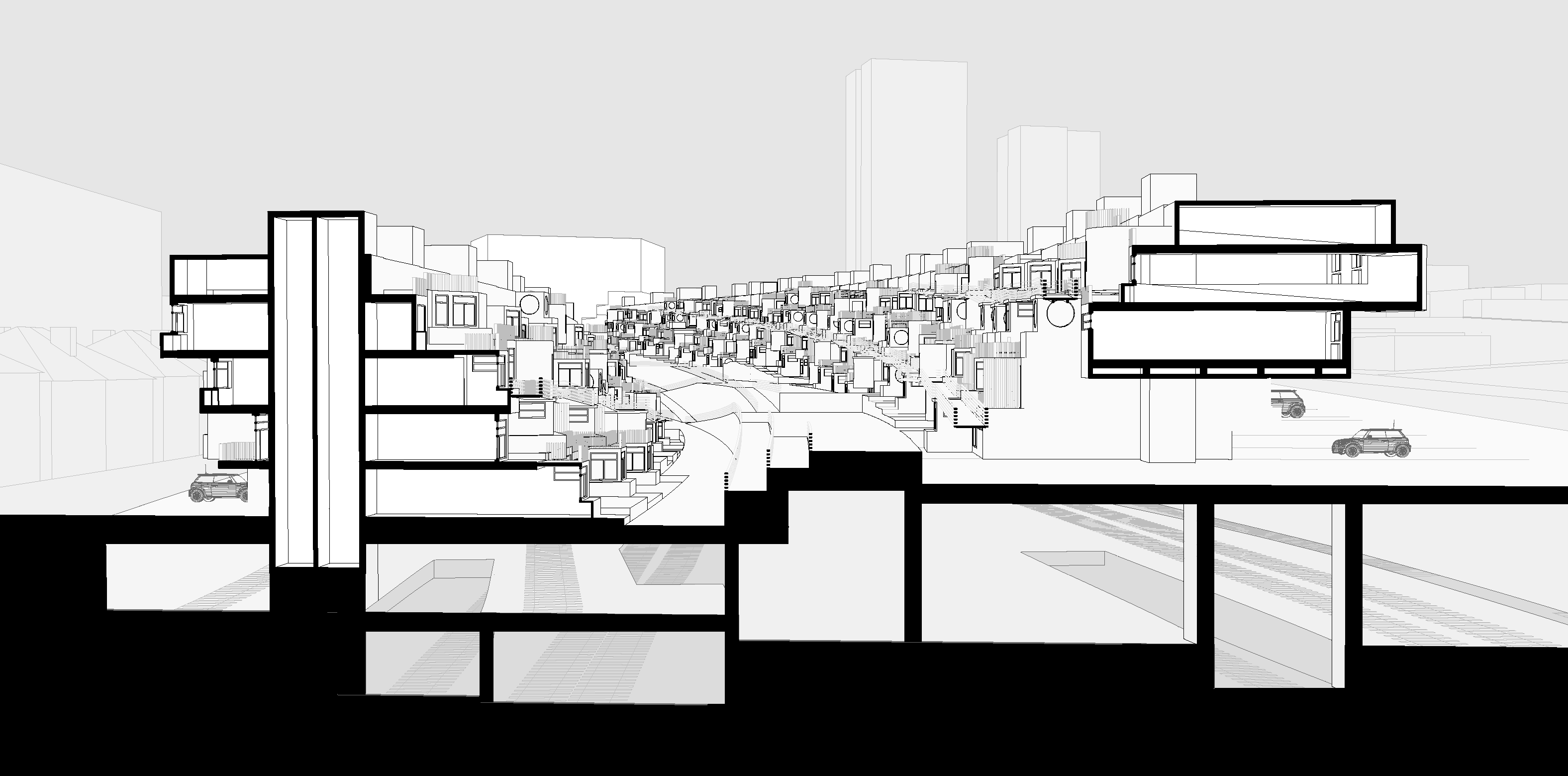
‘I dreamed of what the world might look like if it was designed to different assumptions,’ she says.
Drawing from her own experience as an able-passing person and rejecting the imposed universalisms of what bodies should be, she carves out an architectural language centred on the ramp, ‘the crux of wheelchair accessibility’ as ‘a tool: for empathy, for liberation, for dialogue, for wonder. By rejecting “access” altogether, it creates a cripped architecture for us, by us.’
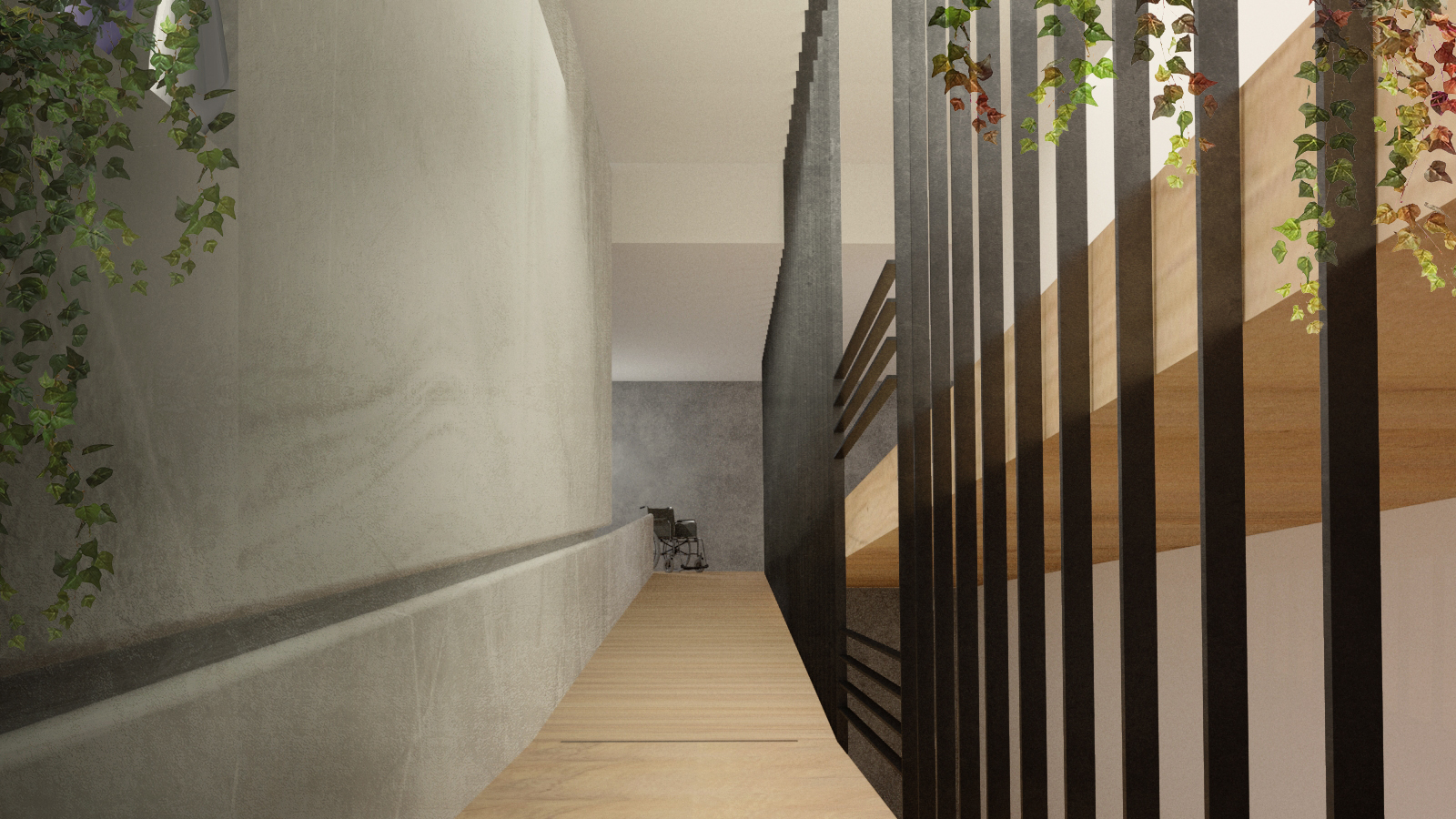
Yang’s route to architecture is a less conventional one. ‘I applied to the MArch programme whilst working full-time in London as a trends analyst and insights consultant,’ she says.
It was during that time that she became interested in architecture's relationship to various networks of power, particularly in housing. ‘It’s inseparable from other core issues of class, racial inequality and environmental crisis,’ she says.
Receive our daily digest of inspiration, escapism and design stories from around the world direct to your inbox.
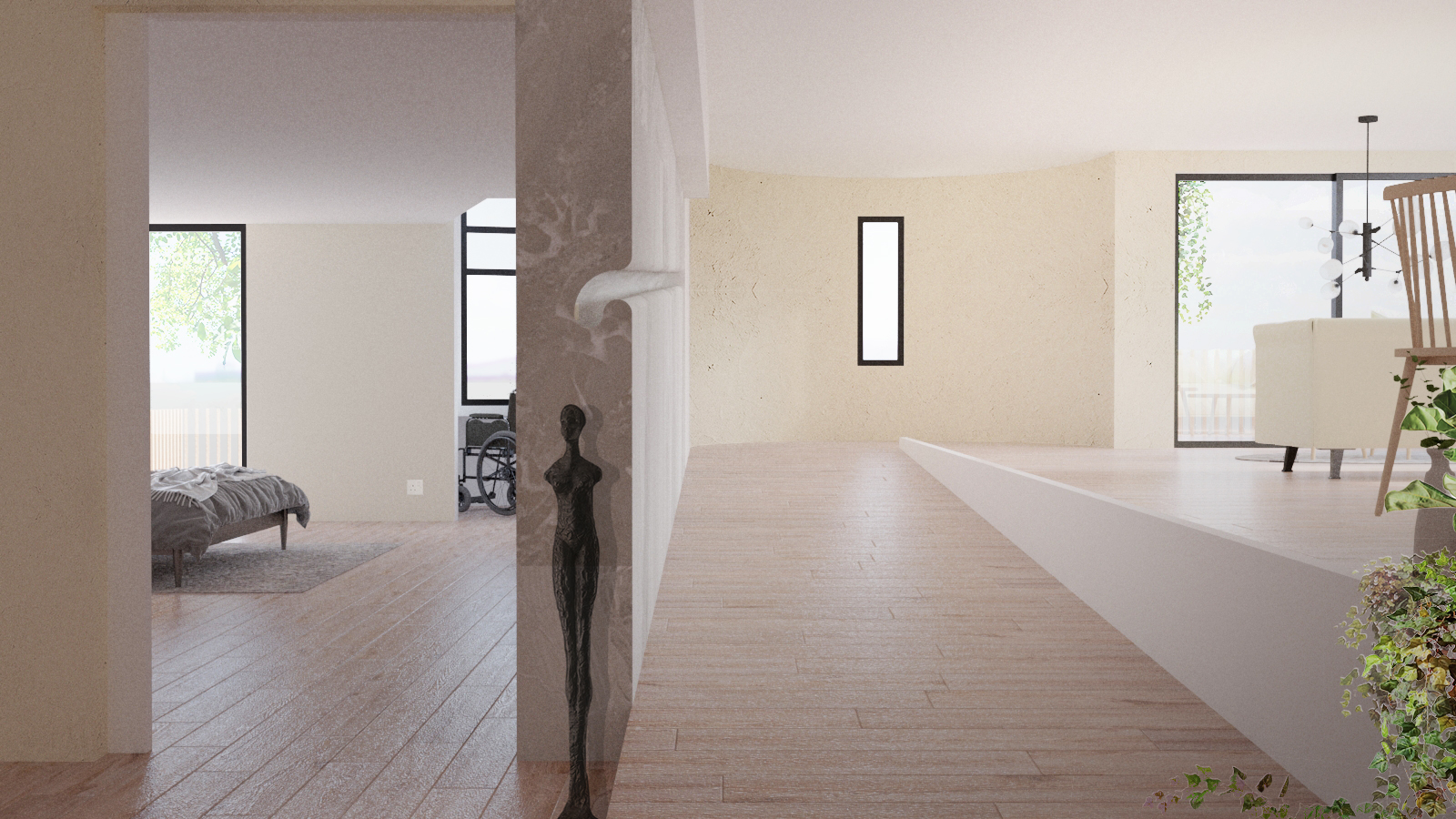
For Yang, architecture ‘means being extremely judicious and equitable with one of our most precious finite resources today: space’. She wishes to work ‘carefully and collaboratively’ with a range of organisations, from Nasa to her peers from both the architecture and development fields, but also communities that exist outside of these establishments, such as mutual aid networks and marginalised communities.
Today, Yang works as an architect at Adam Sokol Architecture Practice and lives with her husband in Los Angeles. She has also co-founded a design research collective and mini-studio called yangboydvu. Dream collaborator: Nasa

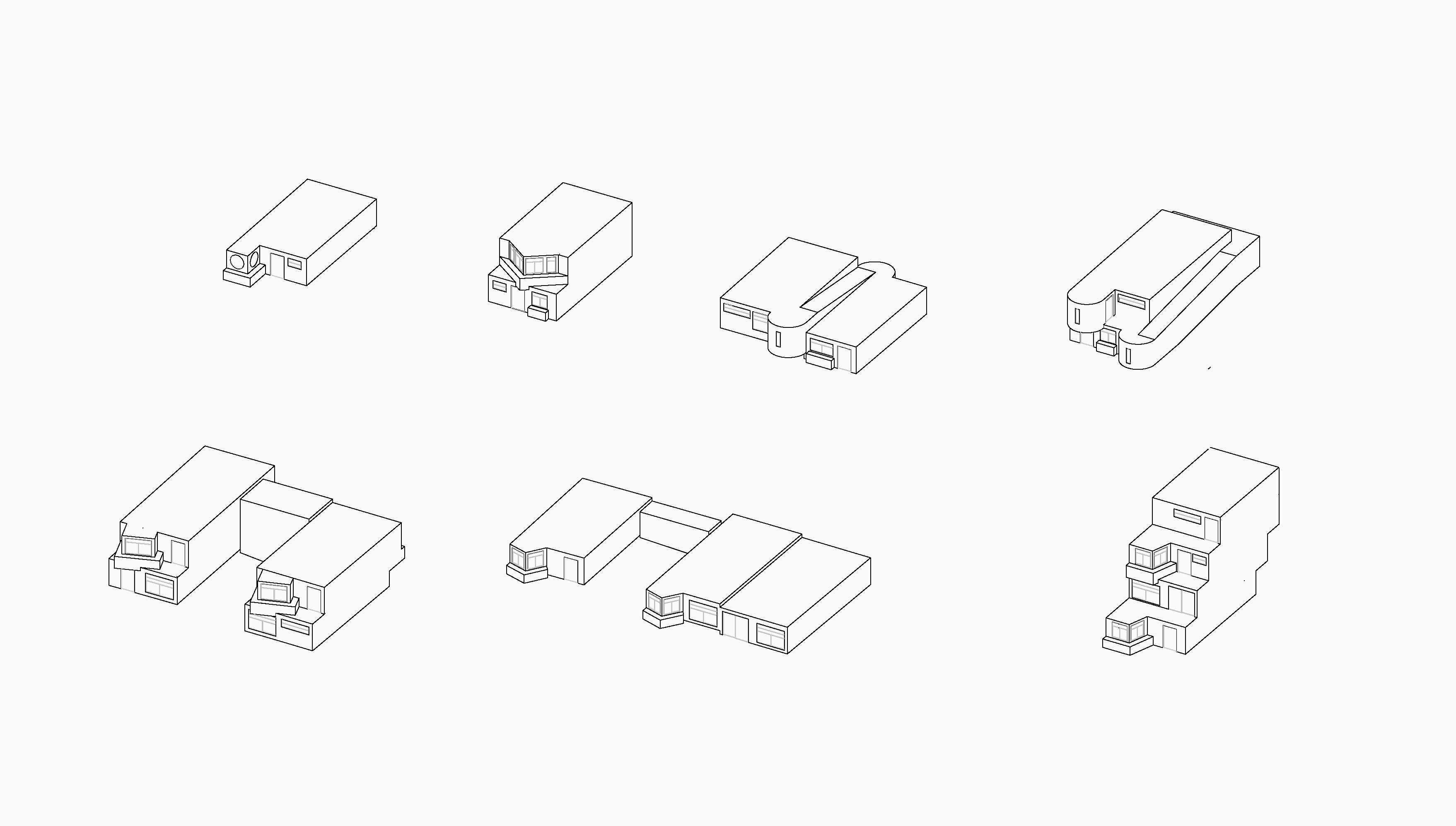
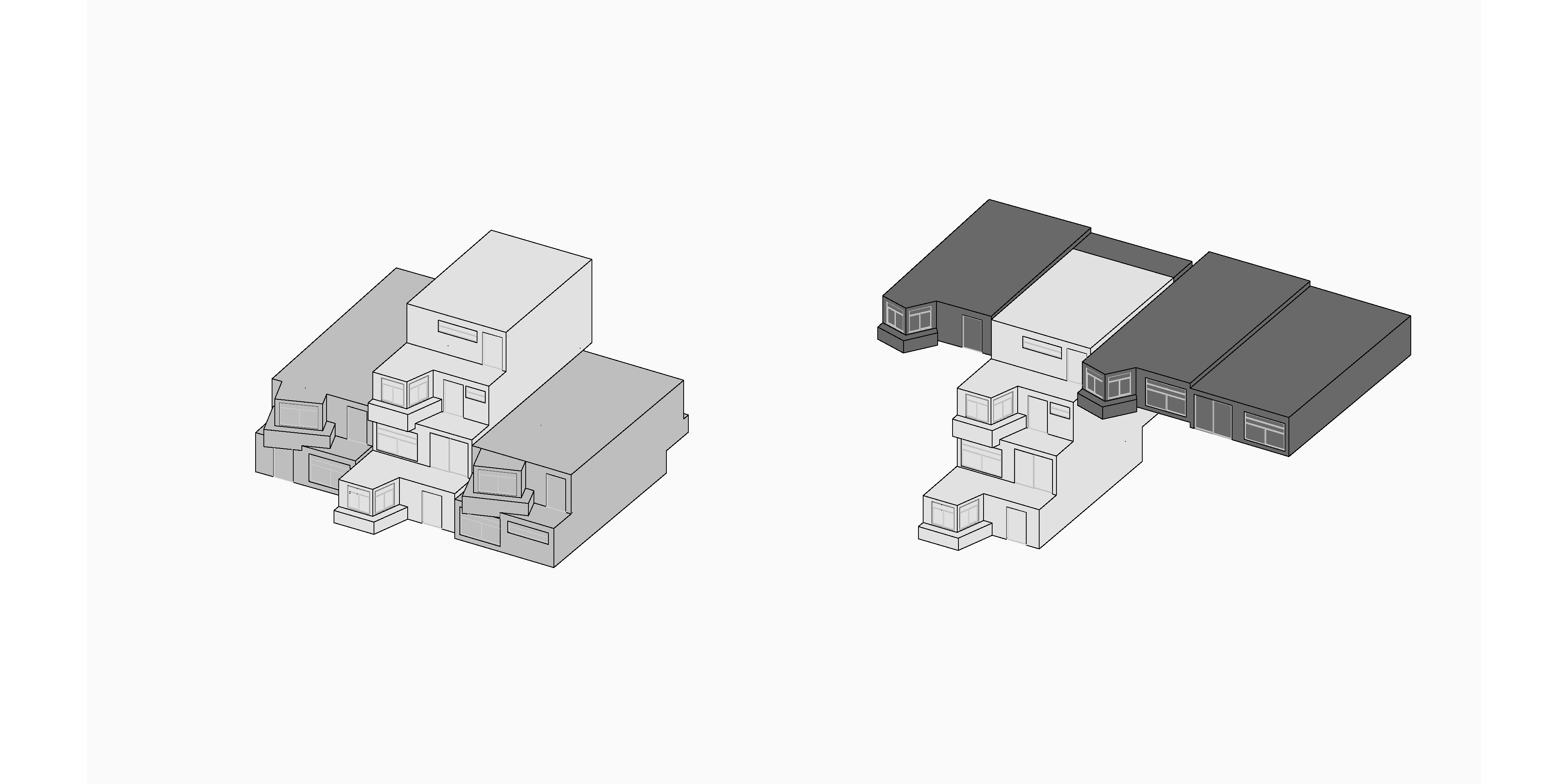
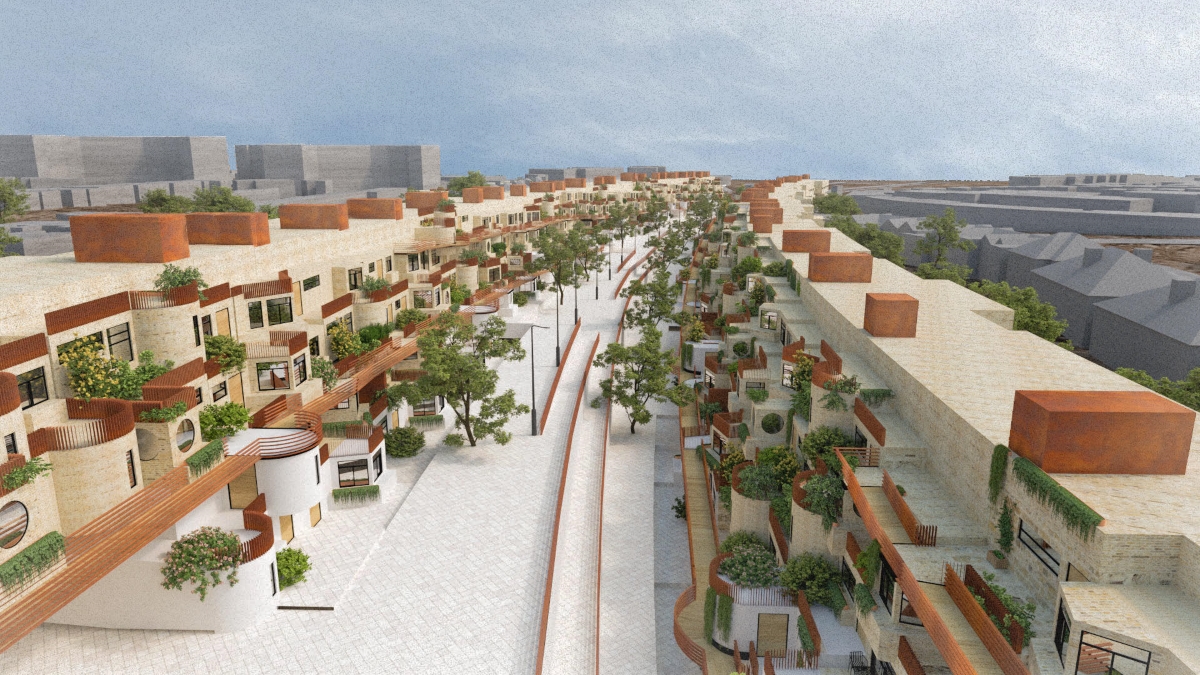
INFORMATION
Our Next Generation showcase of outstanding new talents appears in the January 2022 issue of Wallpaper* (W*273). Subscribe today!
-
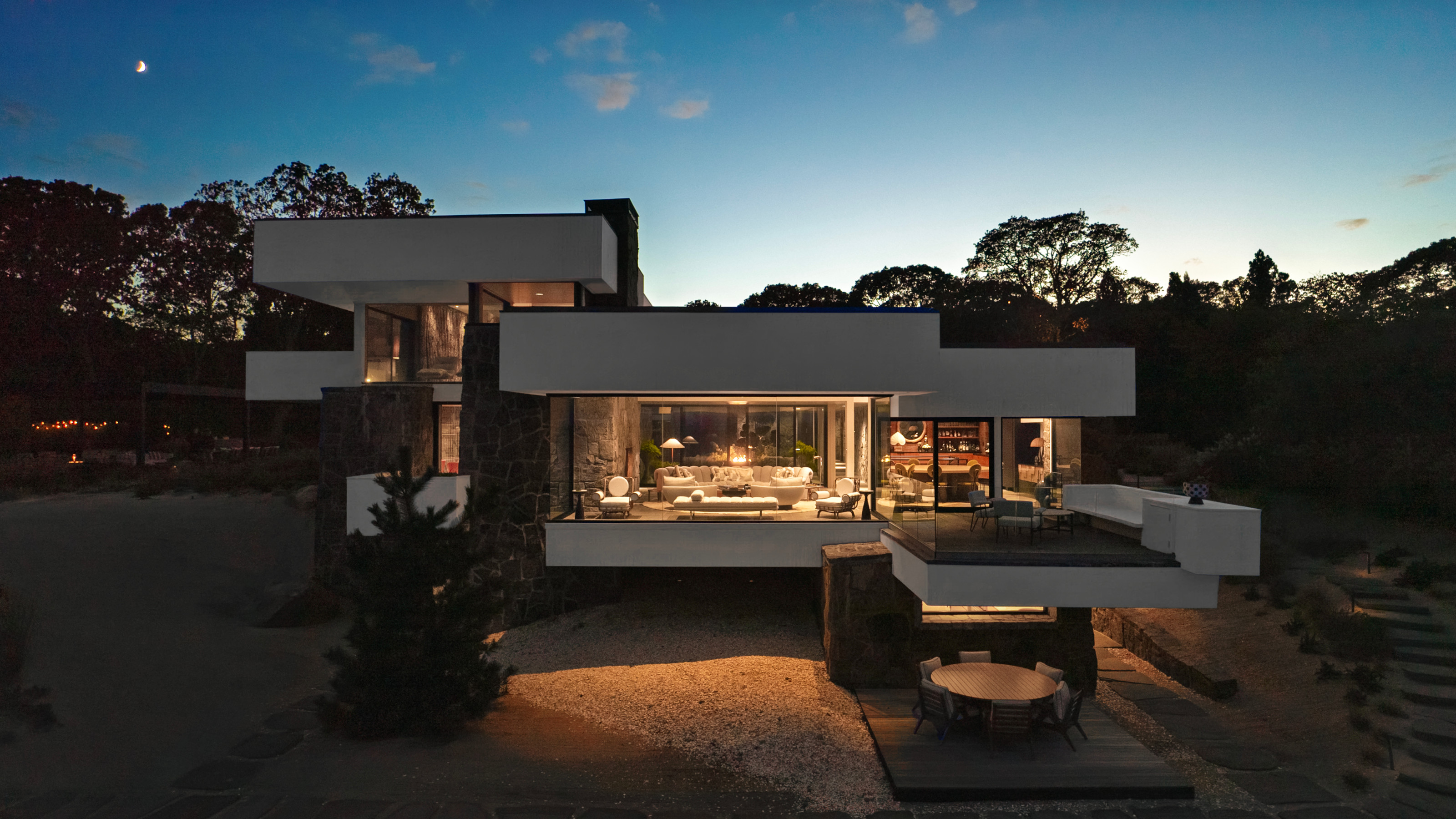 Modernism for sale: a Norman Jaffe-designed icon on Shelter Island hits the market
Modernism for sale: a Norman Jaffe-designed icon on Shelter Island hits the marketThe Osofsky House epitomised the glamour of high-end 70s modernism on Long Island. Now updated and refurbished, it’s back on the market for the first time in over two decades
-
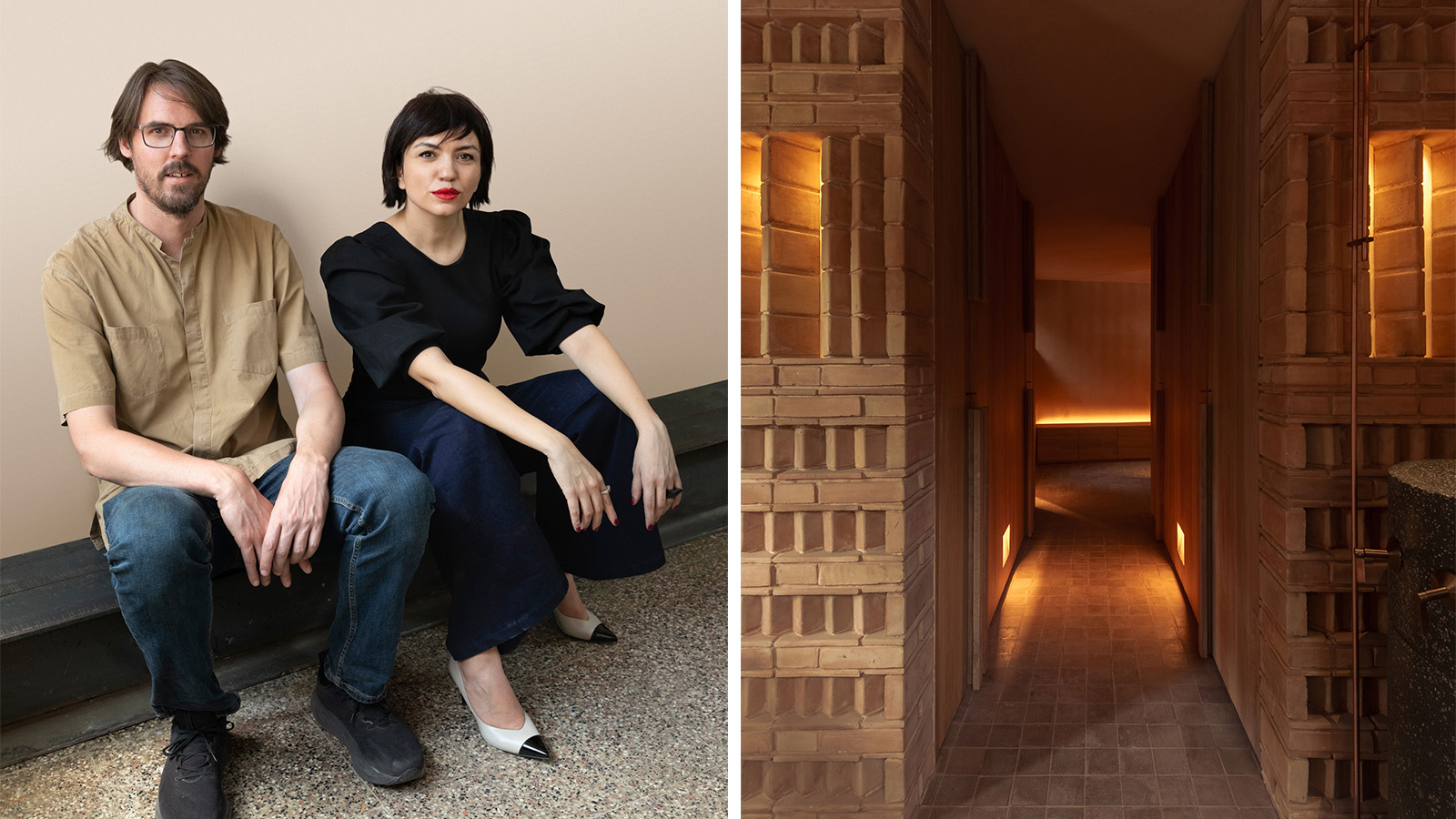 Discover Locus and its ‘eco-localism' - an alternative way of thinking about architecture
Discover Locus and its ‘eco-localism' - an alternative way of thinking about architectureLocus, an architecture firm in Mexico City, has a portfolio of projects which share an attitude rather than an obvious visual language
-
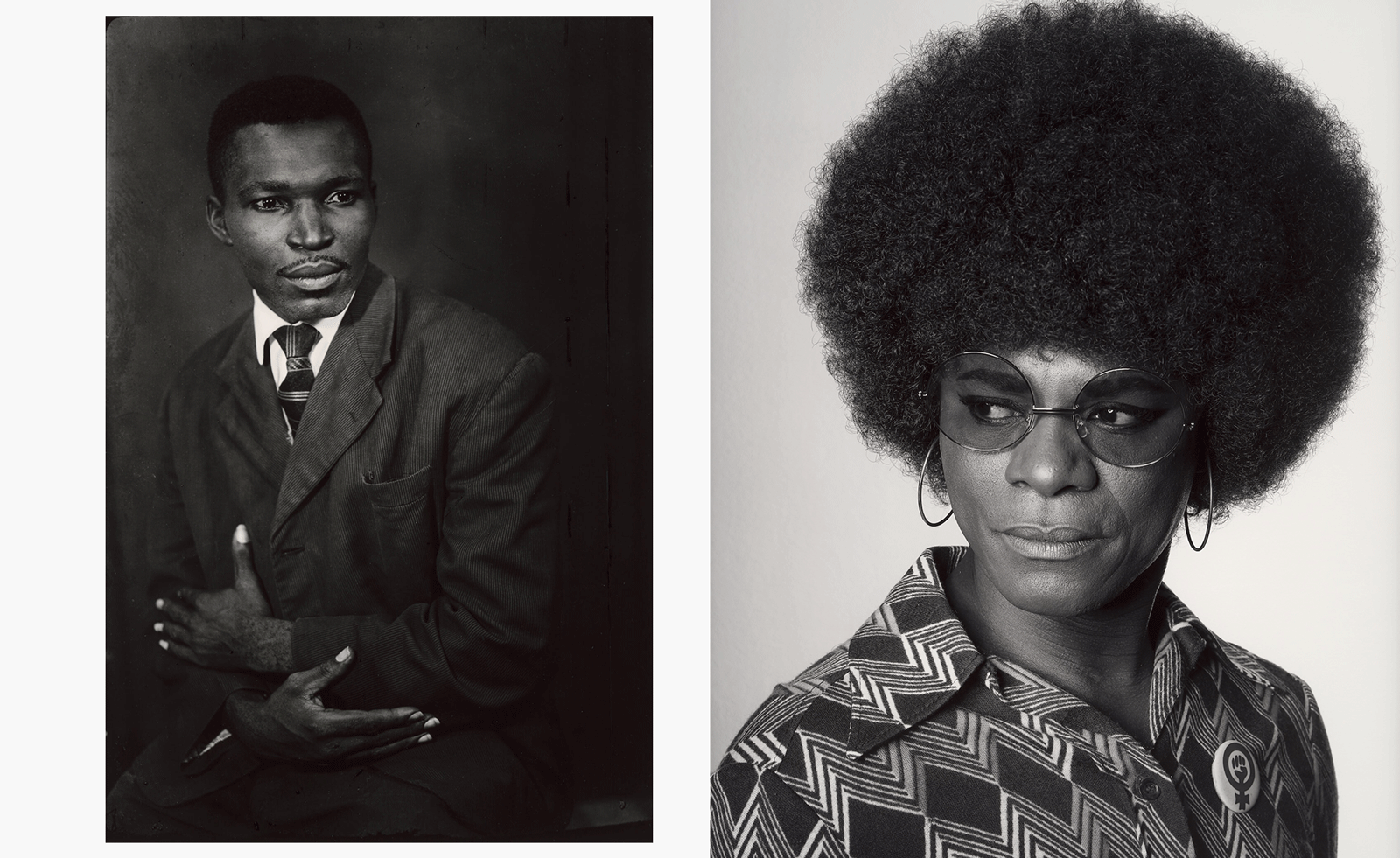 MoMA celebrates African portraiture in a far-reaching exhibition
MoMA celebrates African portraiture in a far-reaching exhibitionIn 'Ideas of Africa: Portraiture and Political Imagination' at MoMA, New York, studies African creativity in photography in front of and behind the camera
-
 Step inside this resilient, river-facing cabin for a life with ‘less stuff’
Step inside this resilient, river-facing cabin for a life with ‘less stuff’A tough little cabin designed by architects Wittman Estes, with a big view of the Pacific Northwest's Wenatchee River, is the perfect cosy retreat
-
 Remembering Robert A.M. Stern, an architect who discovered possibility in the past
Remembering Robert A.M. Stern, an architect who discovered possibility in the pastIt's easy to dismiss the late architect as a traditionalist. But Stern was, in fact, a design rebel whose buildings were as distinctly grand and buttoned-up as his chalk-striped suits
-
 Own an early John Lautner, perched in LA’s Echo Park hills
Own an early John Lautner, perched in LA’s Echo Park hillsThe restored and updated Jules Salkin Residence by John Lautner is a unique piece of Californian design heritage, an early private house by the Frank Lloyd Wright acolyte that points to his future iconic status
-
 The Stahl House – an icon of mid-century modernism – is for sale in Los Angeles
The Stahl House – an icon of mid-century modernism – is for sale in Los AngelesAfter 65 years in the hands of the same family, the home, also known as Case Study House #22, has been listed for $25 million
-
 Houston's Ismaili Centre is the most dazzling new building in America. Here's a look inside
Houston's Ismaili Centre is the most dazzling new building in America. Here's a look insideLondon-based architect Farshid Moussavi designed a new building open to all – and in the process, has created a gleaming new monument
-
 Frank Lloyd Wright’s Fountainhead will be opened to the public for the first time
Frank Lloyd Wright’s Fountainhead will be opened to the public for the first timeThe home, a defining example of the architect’s vision for American design, has been acquired by the Mississippi Museum of Art, which will open it to the public, giving visitors the chance to experience Frank Lloyd Wright’s genius firsthand
-
 Clad in terracotta, these new Williamsburg homes blend loft living and an organic feel
Clad in terracotta, these new Williamsburg homes blend loft living and an organic feelThe Williamsburg homes inside 103 Grand Street, designed by Brooklyn-based architects Of Possible, bring together elegant interiors and dramatic outdoor space in a slick, stacked volume
-
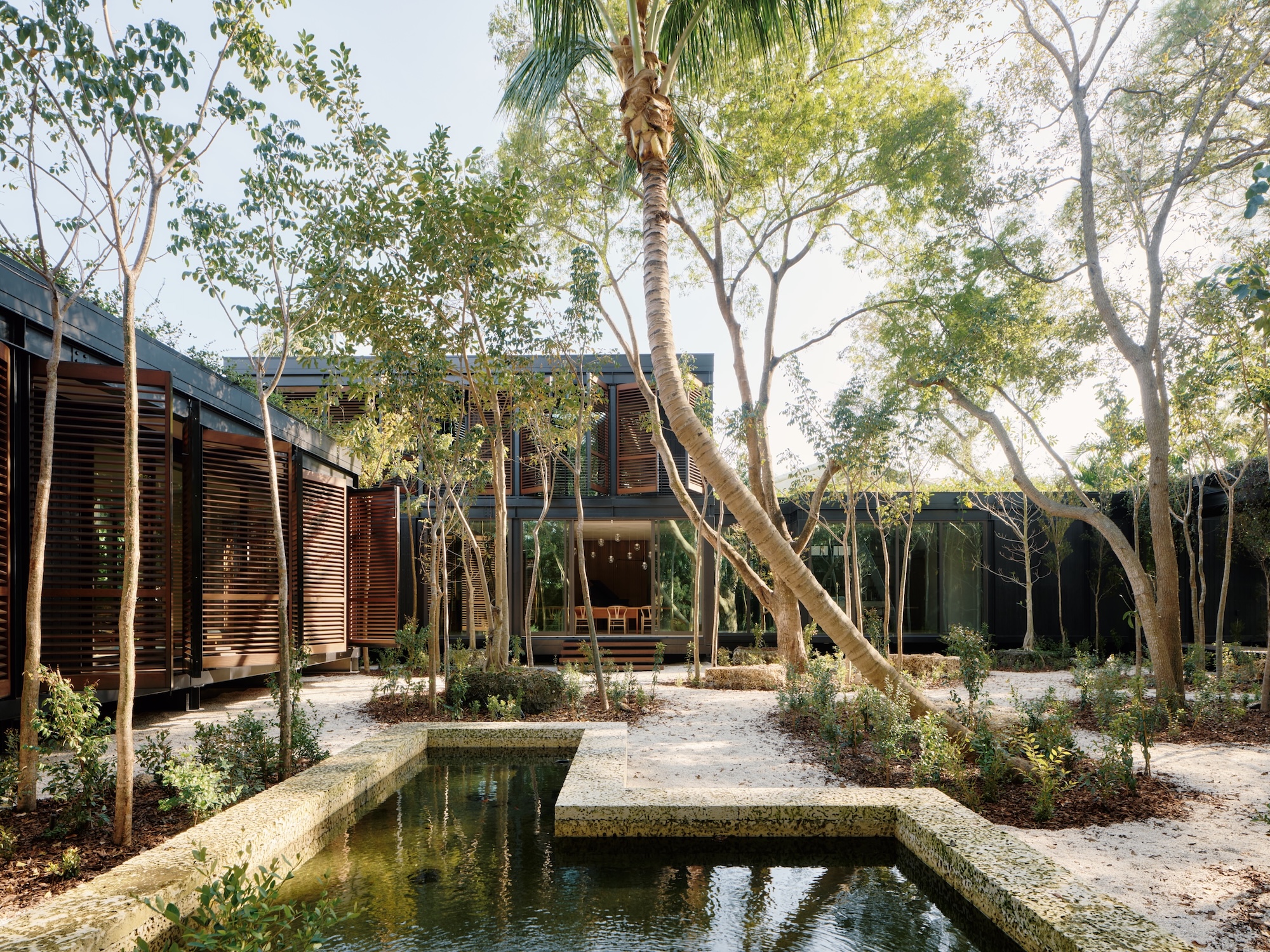 This ethereal Miami residence sprouted out of a wild, jungle-like garden
This ethereal Miami residence sprouted out of a wild, jungle-like gardenA Miami couple tapped local firm Brillhart Architecture to design them a house that merged Florida vernacular, Paul Rudolph and 'too many plants to count’